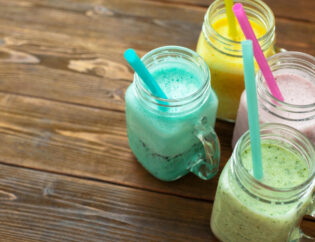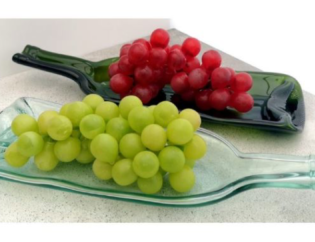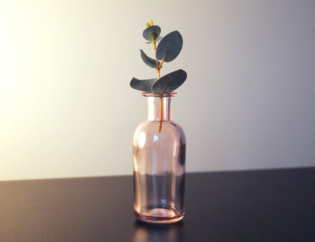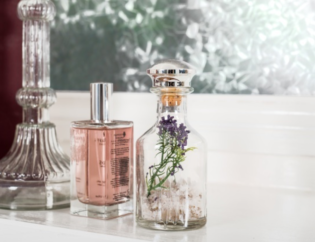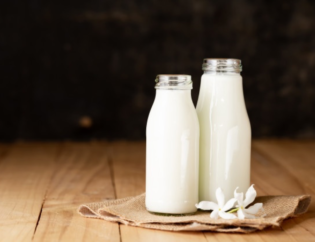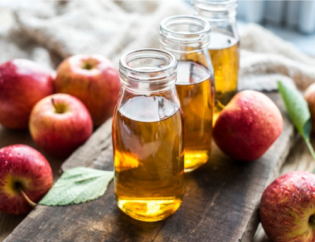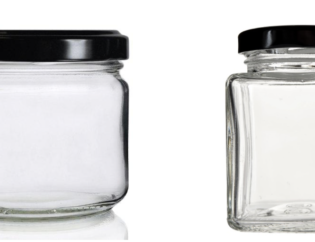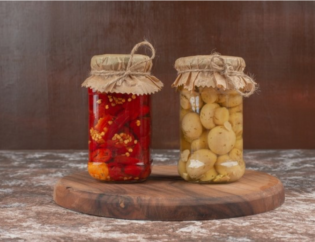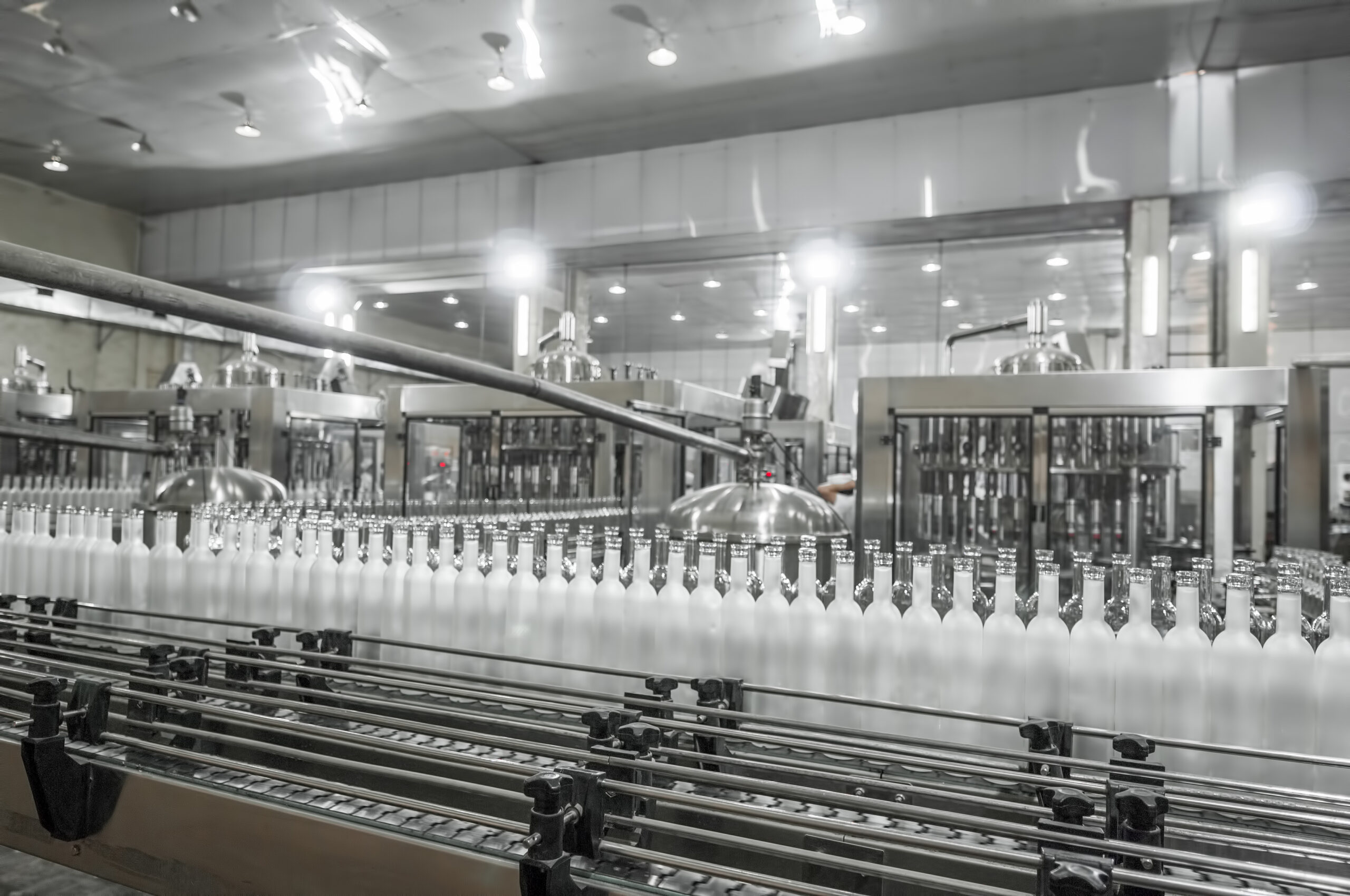
There are a variety of glass types, which is attributable to the diverse ways glass is
manufactured. Before we can examine the techniques used in glass production, we must
investigate the various substances that make glass. Sand and multiple minerals such as
dolomite, limestone, soda ash, and salt cake are blended and added to finely ground glass to
make glass. To form glass, all of these minerals are melted together and heated to
extremely high temperatures. Refining agents may be added to glass to enhance its physical
and chemical properties. Typical colours for glass
There are various varieties available based on the multiple applications for which the glass is
utilized when it comes to glass.
The general types of glasses include:
Borosilicate glass, made of silica, aluminium oxide, and boric oxide, is a trademarked name.
This type of glass is typically used in the production of heat-resistant ovenware and other
heat-resistant glass products. The high thermal and chemical characteristics that make it
strong and long-lasting during rapid temperature fluctuations lead to its toughness.
Glass fibre is fibreglass created from countless tiny glass fibres, with a broad range of uses. It
was used in the glass wool industry for making high-quality insulation. It is extensively used
in the manufacture of medical equipment within the medical field. One of the primary uses
of the textile industry is in the production of helmets, ropes, and car chassis, among other
things.
The most common type of glass that is seen around here is commercial glass. For
manufacturing drinking jars, bottles, and flat glass, it is used. Because it has no colour, it
helps produce window panes. Sand heated to around 17,000 degrees Celsius serves as the
main component. Additional components such as soda ash or magnesium oxide may be
added to lower the melting point and improve the chemical composition.
Lead oxide, instead of calcium oxide, is used to manufacture lead glass. It has a high
refractive index, and when exposed to less intense light, it will sparkle. It is primarily used to
produce decorative objects because of this feature.
Another specific group of glass is made up of technical, sealing, vitreous, and glass ceramics.


